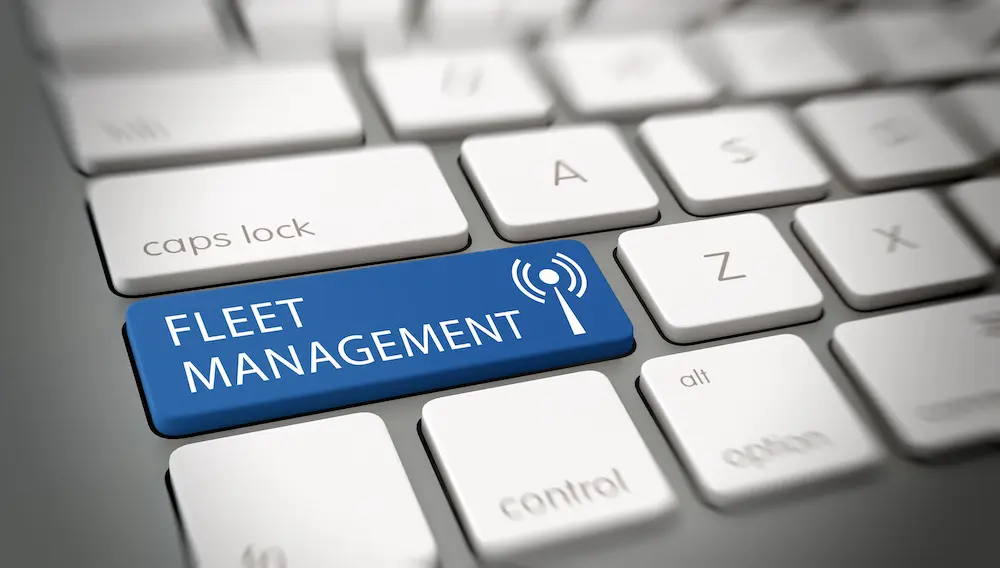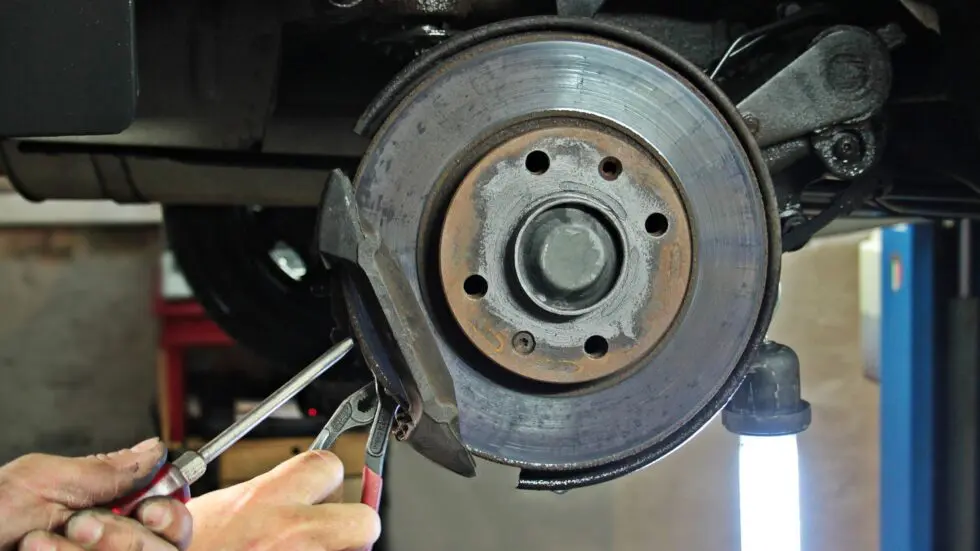Understanding the implications of the Direct Vision Standard
By Andrew Kelly, CEO and founder of Contel
In 2024, one significant change on the minds of many fleet operators, which is drawing closer, is the upcoming developments to the Direct Vision Standard (DVS).
Understanding these changes, their implications, and the preparatory steps to take is crucial for vehicle operators to ensure seamless compliance and, most importantly, enhanced road safety.
Nevertheless, speaking to many businesses, there is still a lot of confusion, uncertainty and a need for guidance.
I have a great deal of sympathy towards the fleet operators who have had to invest to achieve the current DVS standards previously, only for the legislation to change again, and I haven’t met many who relish having to adopt the new technology.
However, we are working closely with businesses to manage the changes they need to make and guide them through the process in the most cost-effective and efficient way possible.
Understanding the Direct Vision Standard changes
Initiated by Transport for London (TfL), the Direct Vision Standard aims to reduce the risk to vulnerable road users, such as pedestrians, cyclists, and motorcyclists, by improving the field of vision of HGV drivers directly from their cabs without relying on mirrors or cameras.
The standard assesses and rates the amount of direct vision a driver has from their HGV, with vehicles then given a star rating from zero (poor) to five (excellent).
The 2024 updates to the DVS are designed to elevate the requirements for HGVs operating within the specified area.
From October 2024, only vehicles rated three stars and above will be permitted to operate freely. Those falling below this rating will need to demonstrate that they have comprehensive safety systems installed to mitigate the lack of direct vision and bring them up to the “Safe System” standard, which is a set of modifications that improve a vehicle’s safety.
Implications for fleet operators
For fleet operators, the upcoming changes necessitate a proactive review and possible modification of their fleets to ensure compliance.
The implications are twofold: operational, in terms of ensuring that vehicles meet the required Direct Vision Standards, and financial, regarding the potential costs associated with upgrading vehicles or fitting additional safety measures.
Steps to Ensure Compliance
- Assess Your Fleet: The first step for any fleet operator is to identify the current star rating of their HGVs. This information can be obtained from the vehicle manufacturer or through the TfL’s online Direct Vision Standard checker. Knowing where each vehicle stands is essential to planning your next steps.
- Plan for Upgrades: For vehicles that do not meet the three-star criteria, consider what upgrades are necessary. This may involve scheduling modifications to improve the vehicle’s direct vision or planning to equip it with the requisite “Safe System” technologies.
- Understand the “Safe System” Requirements: The “Safe System” is a set of specific safety equipment that compensates for limited direct vision. It typically includes systems such as cameras covering blind spots, a sensor system alerting the driver to the presence of road users in danger zones, audible vehicle manoeuvring warnings, and comprehensive safety training for drivers. Familiarising yourself with the component requirements and implementing them is crucial for compliance.
- Schedule Implementation: Given the potential demand for upgrades and the installation of “Safe System” components across the industry, it’s important to schedule these modifications well in advance of the October 2024 deadline. This approach not only ensures compliance but also mitigates the risk of operational disruptions.
- Stay Informed: Regulatory details and compliance standards can evolve, so it’s essential to stay informed about any updates or changes to the DVS requirements. Engaging with industry bodies, attending relevant workshops, and consulting with safety system providers can provide valuable insights and aid in compliance. In addition to these considerations, it’s important to remember that the DVS is not a one-size-fits-all solution. Each company will have unique requirements and challenges, so it’s essential to work with an experienced safety system provider who can help you navigate the process.
- Invest in Driver Training: Beyond vehicle modifications, investing in comprehensive driver safety training is paramount. Educating drivers on the importance of direct vision and how to effectively use “Safe System” technologies effectively can significantly enhance road safety for everyone.
Final thoughts…
The Direct Vision Standard is more than just a regulatory ‘hurdle’; it represents a significant leap forward in the industry’s collective efforts to make our roads safer for everyone.
For fleet operators, the impending 2024 changes offer both a challenge and an opportunity—the challenge of ensuring full compliance and the opportunity to lead by example in enhancing road safety.
By taking action now, we can meet our obligations and contribute to a safer, more sustainable future for road transport.
Written by Andrew Kelly, CEO and founder of Contel for Fleet News © 3rd July, 2024.
Discover further details regarding Truckfile’s software for managing fleets and workshops.
Visit the Truckfile website for more information on Understanding the implications of the Direct Vision Standard






